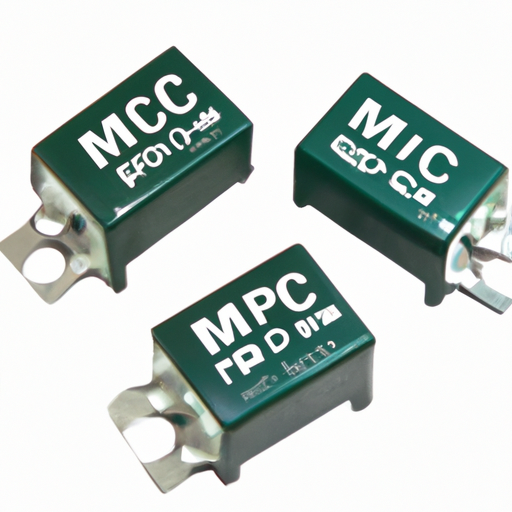CFR-25JB-52-1R1 Mica and PTFE Capacitors: Core Functional Technologies and Application Development Cases
Mica and PTFE (Polytetrafluoroethylene) capacitors are specialized electronic components that leverage their unique properties to serve a variety of applications. Below, we delve into the core functional technologies, advantages, and notable application development cases for both types of capacitors.
Core Functional Technologies
Mica Capacitors 1. **Dielectric Properties**: Mica capacitors utilize natural mica as a dielectric material, which offers exceptional stability, low loss, and high insulation resistance. This makes them ideal for applications requiring consistent performance over time.
2. High Voltage Ratings: These capacitors can handle high voltage applications, making them suitable for RF (radio frequency) and high-frequency circuits, where voltage stability is critical.
3. Low Temperature Coefficient: Mica exhibits a very low temperature coefficient, ensuring that capacitance values remain stable across a wide temperature range, which is essential for precision applications.
4. Mechanical Stability: Mica capacitors are robust and can withstand mechanical stress, making them suitable for environments where vibration or shock is a concern.
PTFE Capacitors 1. **Chemical Resistance**: PTFE capacitors are renowned for their excellent chemical resistance, making them ideal for harsh environments where exposure to corrosive substances is likely.
2. Low Loss Factor: PTFE has a low dielectric loss, which is advantageous in high-frequency applications, ensuring minimal energy loss and improved efficiency.
3. Wide Temperature Range: These capacitors can operate effectively over a broad temperature range, typically from -55°C to +200°C, enhancing their versatility across various applications.
4. Low Dielectric Constant: The low dielectric constant of PTFE allows for smaller capacitor sizes while maintaining capacitance values, which is beneficial in compact electronic designs.
Application Development Cases
Mica Capacitors 1. **RF and Microwave Applications**: Mica capacitors are extensively used in RF amplifiers, oscillators, and filters due to their stability and low loss characteristics. For example, in telecommunications, they are critical components in transmitters and receivers, ensuring signal integrity and performance.
2. Aerospace and Defense: In aerospace applications, mica capacitors are employed in radar systems, satellite communications, and military equipment, where high voltage and temperature stability are essential for reliability and performance.
3. Precision Measurement Equipment: Mica capacitors are utilized in precision measurement devices, such as oscilloscopes and signal generators, where accuracy and stability are paramount.
PTFE Capacitors 1. **Medical Devices**: PTFE capacitors are integral to medical equipment, such as imaging systems and diagnostic devices, where chemical resistance and reliability are crucial for patient safety and device performance.
2. Automotive Applications: In automotive electronics, PTFE capacitors are used in systems that require high reliability and performance under extreme conditions, such as engine control units and infotainment systems, ensuring longevity and functionality.
3. Industrial Automation: PTFE capacitors are employed in industrial control systems and automation equipment, where they help maintain signal integrity and performance in harsh environments, contributing to efficient operations.
4. Telecommunications: PTFE capacitors are utilized in high-frequency communication systems, including satellite and cellular communications, where low loss and high stability are required for effective data transmission.






